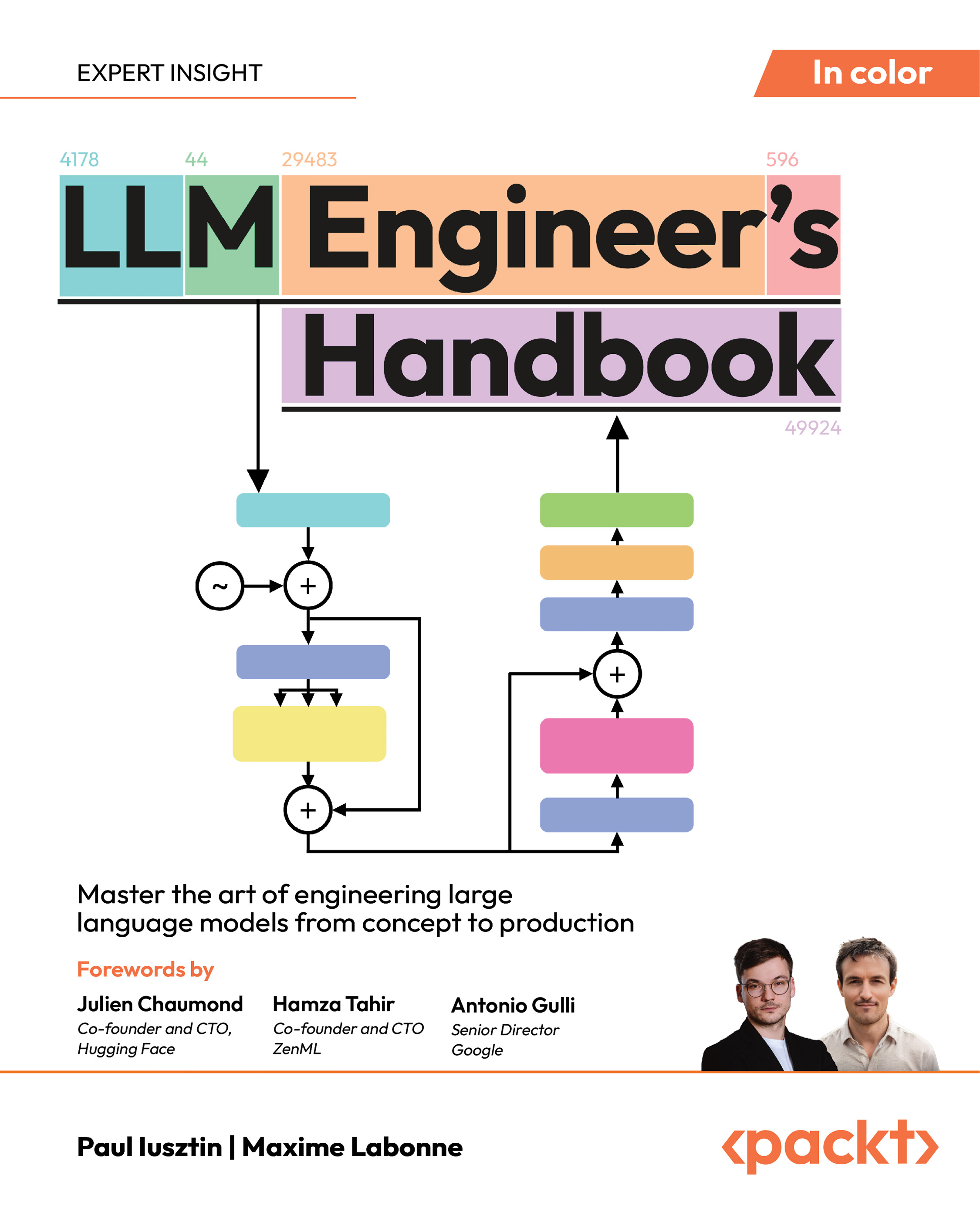What does the phrase "a manager" really mean anyway? This phrase means different things to different people and is often overused for the position which nearly matches an analyst-level profile! This term, although common, is worth defining what it really means, especially in the context of software development.
This article is an excerpt from the book The Successful Software Manager written by an internationally experienced IT manager, Herman Fung. This book is a comprehensive and practical guide to managing software developers, software customers, and explores the process of deciding what software needs to be built, not how to build it. In this article, we’ll look into aspects you must be aware of before making the move to become a manager in the software industry.
A simple distinction I once used to illustrate the difference between an analyst and a manager is that while an analyst identifies, collects, and analyzes information, a manager uses this analysis and makes decisions, or more accurately, is responsible and accountable for the decisions they make.
The structure of software companies is now enormously diverse and varies a lot from one to another, which has an obvious impact on how the manager’s role and their responsibilities are defined, which will be unique to each company.
Even within the same company, it's subject to change from time to time, as the company itself changes. Broadly speaking, a manager within software development can be classified into three categories, as we will now discuss:
Team Leader/Manager
This role is often a lead developer who also doubles up as the team spokesperson and single point of contact. They'll typically be the most senior and knowledgeable member of a small group of developers, who work on the same project, product, and technology.
There is often a direct link between each developer in the team and their code, which means the team manager has a direct responsibility to ensure the product as a whole works. Usually, the team manager is also asked to fulfill the people management duties, such as performance reviews and appraisals, and day-to-day HR responsibilities.
Development/Delivery Manager
This person could be either a techie or a non-techie. They will have a good understanding of the requirements, design, code, and end product. They will manage running workshops and huddles to facilitate better overall team working and delivery. This role may include setting up visual aids, such as team/project charts or boards.
In a matrix management model, where developers and other experts are temporarily asked to work in project teams, the development manager will not be responsible for HR and people management duties.
Project Manager
This person is most probably a non-techie, but there are exceptions, and this could be a distinct advantage on certain projects. Most importantly, a project manager will be process-focused and output-driven and will focus on distributing tasks to individuals. They are not expected to jump in to solve technical problems, but they are responsible for ensuring that the proper resources are available, while managing expectations.
Specifically, they take part in managing the project budget, timeline, and risks. They should also be aware of the political landscape and management agenda within the organization to be able to navigate through them. The project manager ensures the project follows the required methodology or process framework mandated by the Project Management Office (PMO). They will not have people-management responsibilities for project team members.
Unlock access to the largest independent learning library in Tech for FREE!
Get unlimited access to 7500+ expert-authored eBooks and video courses covering every tech area you can think of.
Renews at $19.99/month. Cancel anytime
Agile practitioner
As with all roles in today's world of tech, these categories will vary and overlap. They can even be held by the same person, which is becoming an increasingly common trait. They are also constantly evolving, which exemplifies the need to learn and grow continually, regardless of your role or position.
If you are a true Agile practitioner, you may have issues in choosing these generalized categories, (Team Leader, Development Manager and Project Manager) and you'd be right to do so! These categories are most applicable to an organization that practises the traditional Waterfall model. Without diving into the everlasting Waterfall vs Agile debate, let's just say that these are the categories that transcend any methodologies.
Even if they're not referred to by these names, they are the roles that need to be performed, to varying degrees, at various times. For completeness, it is worth noting one role specific to Agile, that is being a scrum master.
Scrum master
A scrum master is a role often compared – rightly or wrongly – with that of the project manager. The key difference is that their focus is on facilitation and coaching, instead of organizing and control. This difference is as much of a mindset as it is a strict practice, and is often referred to as being attributes of Servant Leadership.
I believe a good scrum master will show traits of a good project manager at various times, and vice versa. This is especially true in ensuring that there is clear communication at all times and the team stays focused on delivering together.
Yet, as we look back at all these roles, it's worth remembering that with the advent of new disciplines such as big data, blockchain, artificial intelligence, and machine learning, there are new categories and opportunities to move from a developer role into a management position, for example, as an algorithm manager or data manager.
Transitioning, growing, progressing, or simply changing from a developer to a manager is a wonderfully rewarding journey that is unique to everyone. After clarifying what being a “modern manager" really means, and the broad categories applicable in software development (Team / Development / Project / Agile), the overarching and often key consideration for developers is whether it means they will be managing people and writing less code.
In this article, we looked into different leadership roles that are available for developers for their career progression plan.
Develop crucial skills to enhance your performance and advance your career with The Successful Software Manager written by Herman Fung.
“Developers don’t belong on a pedestal, they’re doing a job like everyone else” – April Wensel on toxic tech culture and Compassionate Coding [Interview]
Curl’s lead developer announces Google’s “plan to reimplement curl in Libcrurl”
‘I code in my dreams too’, say developers in Jetbrains State of Developer Ecosystem 2019 Survey
 United States
United States
 Great Britain
Great Britain
 India
India
 Germany
Germany
 France
France
 Canada
Canada
 Russia
Russia
 Spain
Spain
 Brazil
Brazil
 Australia
Australia
 Singapore
Singapore
 Canary Islands
Canary Islands
 Hungary
Hungary
 Ukraine
Ukraine
 Luxembourg
Luxembourg
 Estonia
Estonia
 Lithuania
Lithuania
 South Korea
South Korea
 Turkey
Turkey
 Switzerland
Switzerland
 Colombia
Colombia
 Taiwan
Taiwan
 Chile
Chile
 Norway
Norway
 Ecuador
Ecuador
 Indonesia
Indonesia
 New Zealand
New Zealand
 Cyprus
Cyprus
 Denmark
Denmark
 Finland
Finland
 Poland
Poland
 Malta
Malta
 Czechia
Czechia
 Austria
Austria
 Sweden
Sweden
 Italy
Italy
 Egypt
Egypt
 Belgium
Belgium
 Portugal
Portugal
 Slovenia
Slovenia
 Ireland
Ireland
 Romania
Romania
 Greece
Greece
 Argentina
Argentina
 Netherlands
Netherlands
 Bulgaria
Bulgaria
 Latvia
Latvia
 South Africa
South Africa
 Malaysia
Malaysia
 Japan
Japan
 Slovakia
Slovakia
 Philippines
Philippines
 Mexico
Mexico
 Thailand
Thailand














